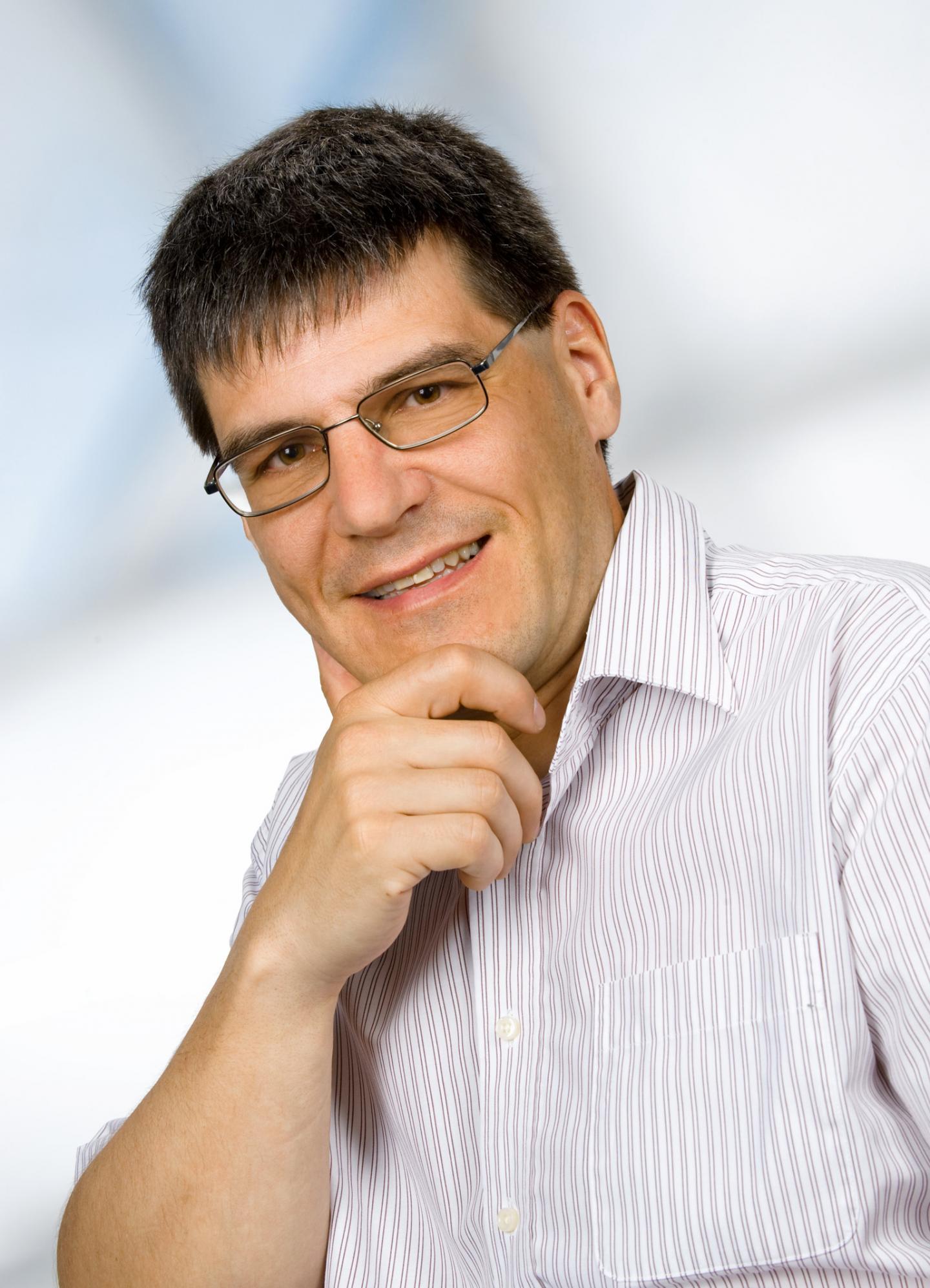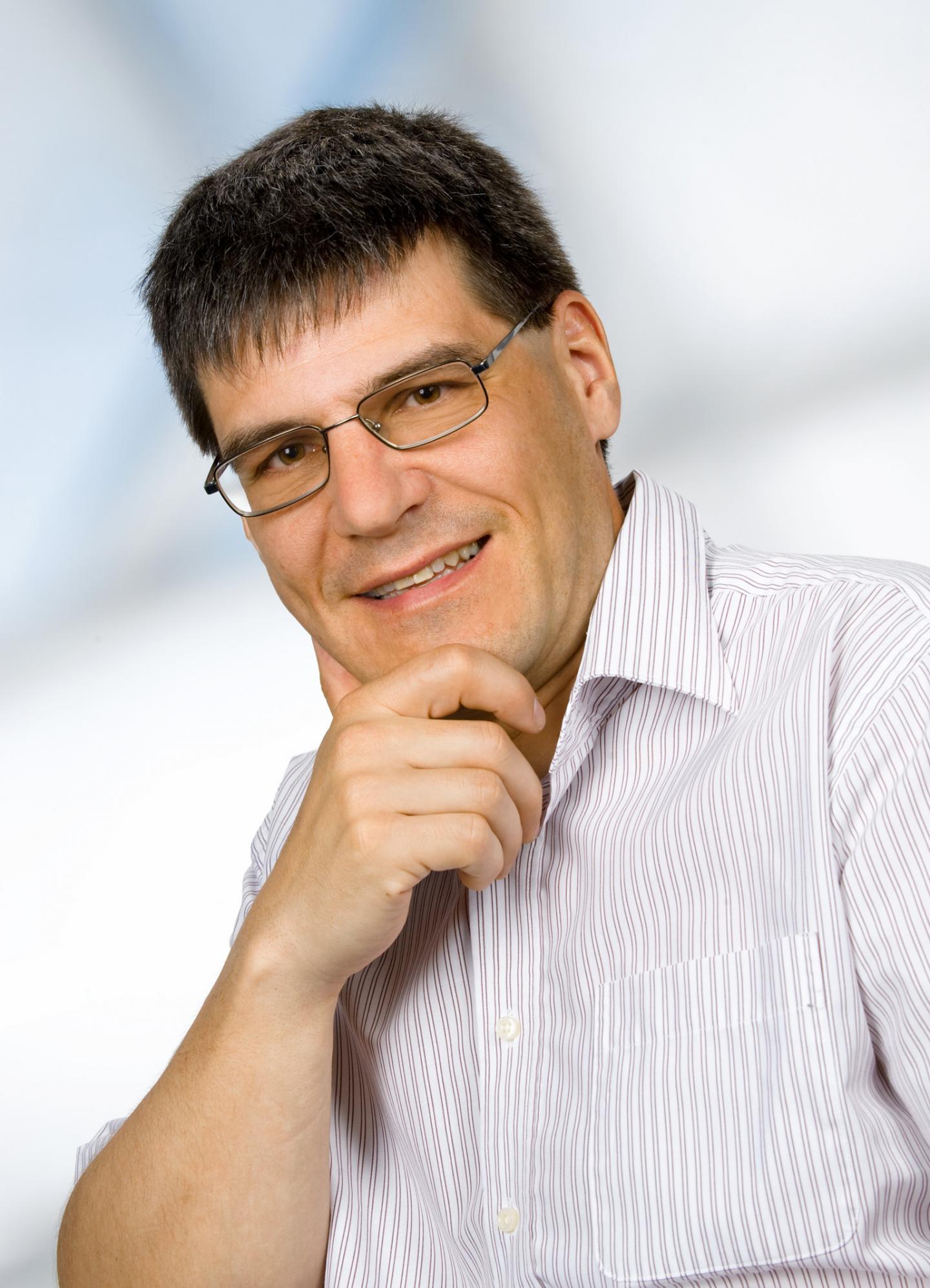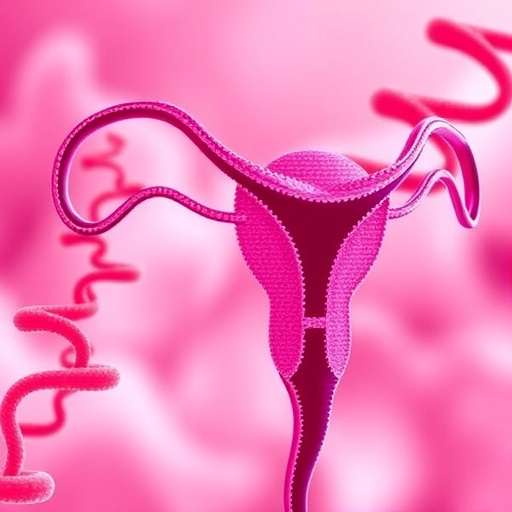
Credit: Ludwig Boltzmann Gesellschaft
STAT5 controls maturation and division of blood cells. During the development of blood cells it is activated by tyrosine phosphorylation and can switch certain genes on or off. This activation is in healthy cells transient, but STAT5-dependent tumor cells produce a continuous signal resulting in long-term phosphorylation. This changes, among other things, the pattern of genes controlled by STAT5 and the cells begin to divide uncontrollably resulting in a STAT5-dependent leukemia.
Metabolism changed in cancer cells
To live every cell needs not only energy, but also building materials. Complex metabolic processes provide cells with the necessary building blocks to grow and then divide. In a healthy cell, an equilibrium of metabolic processes is established, in which most sugar is completely "burned" into carbon dioxide for energy production. In cancer cells this balance is shifted. Sugar is no longer completely oxidized for energy production, but intermediates are increasingly used for growth and rapid cell division.
Leukemia factor STAT5 is sugar-dependent
The sugar molecule UDP-GlcNAc serves as an indicator for the energy supply of the cell. If the cell is well supplied with nutrients, this molecule is abundant and signals to the cell that the tank is full. A specific enzyme (OGT) can attach this sugar molecule to a variety of proteins as a marker, thus controlling metabolic processes. "We are investigating STAT5, which can be marked with GlcNAc at a specific site (T92). By means of genetic engineering we have produced a variant of STAT5, which cannot carry this chemical group to decipher its influence on this oncogene. This variant is, so to speak, blind to the indicator and simulates the state of an empty tank ", explains the first author Patricia Freund from the Institute for Animal Breeding and Genetics of Vetmeduni Vienna.
Findings may lead to new therapy
The researchers have now discovered that the STAT5 variant is not persistently tyrosine-phosphorylated without GlcNAc labeling. Thus, the sustained activation which is necessary for a transformation of cells into cancer cells is lacking. "If the tank is empty, the cell cannot divide," explains Moriggl. The signals of a good supply of nutrients, ie a high concentration of UDP-GlcNAc, are a precondition that oncogenic signals reach the cell nucleus via STAT5. "So we can turn off STAT5 if we trick it into believing the cell's nutrient supply is exhausted. We together with our collaboration partners will now perform experiments to explore whether this principle might have therapeutic potential," emphasizes Moriggl the translational aspects of his research.
###
This research was carried out with financial support by the private Melanoma Donation in Liechtenstein and was partly funded by the FWF through SFB-F28 „Jak-Stat Signalling: from Basics to Disease" and SFB-F47 "Myeloid Neoplasia".
Service:
The article "O-GlcNAcylation of STAT5 controls tyrosine phosphorylation and oncogenic transcription in STAT5-dependent malignancies" by P Freund, M A Kerenyi, M Hager, T Wagner, B Wingelhofer, H T T Pham, M Elabd , X Han , P Valent, F Gouilleux, V Sexl, O H Krämer, B Groner and R Moriggl was published in Leukemia.
About the University of Veterinary Medicine, Vienna
The University of Veterinary Medicine, Vienna in Austria is one of the leading academic and research institutions in the field of Veterinary Sciences in Europe. About 1,300 employees and 2,300 students work on the campus in the north of Vienna which also houses five university clinics and various research sites. Outside of Vienna the university operates Teaching and Research Farms. http://www.vetmeduni.ac.at
Scientific Contact:
Richard Moriggl
Unit for Functional Cancer Genomics
University of Veterinary Medicine Vienna (Vetmeduni Vienna)
T +43 1 25077-5622
M: +43 664 6025 75622
[email protected]
and
Patricia Freund
Institute for Animal Breeding and Genetics
Unit for Functional Cancer Genomics
T +43 1 25077-5639
[email protected]
Released by:
Georg Mair
Science Communication / Corporate Communications
University of Veterinary Medicine Vienna (Vetmeduni Vienna)
T +43 1 25077-1165
[email protected]
Media Contact
Richard Moriggl
[email protected]
43-125-077-5622
http://www.vetmeduni.ac.at
############
Story Source: Materials provided by Scienmag





